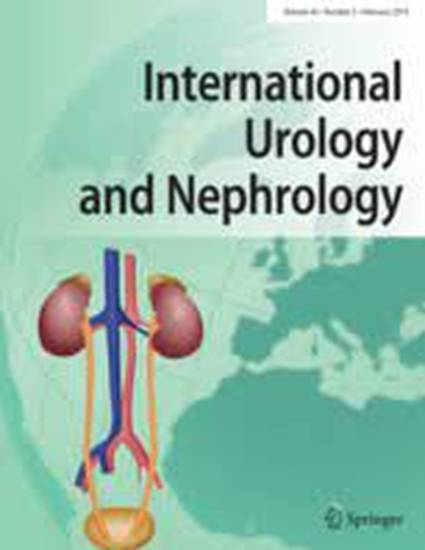
© 2019, Springer Nature B.V. Kidney injury molecule-1 (KIM-1) staining has been shown to be very useful in identifying acute proximal tubular injury, but its sensitivity, specificity and predicting values for the recovery of renal function after injury in renal biopsies have not been well established. In the first study, we randomly selected 184 renal biopsies from a wide age range of patients (children to elderly) with various renal diseases. KIM-1 staining scores were significantly correlated with serum creatinine (sCr) levels (P < 0.05) in all age groups. Receiver-operating characteristic curve (ROC) was generated to evaluate true-positive rate (sensitivity) and true-negative rate (1-specificity). The area under the curve (AUC) in pediatric cases was 0.74, which demonstrated KIM-1 was a fair index in correlating with sCr. In adults, the AUC was 0.87, indicating that KIM-1 was an even better index in the adult population in correlating to sCr. The second study was to determine whether KIM-1 could be a potential predictor of the recovery of acute kidney injury (AKI), and 51 indicated native biopsies with acute tubular injury were randomly selected for KIM-1 staining and sCr follow-up over a 6-month period. A higher KIM-1/sCr ratio (0.57 ± 0.06) was significantly and positively associated with a better reduction in sCr over 6 months. In summary, our data demonstrated that KIM-1 staining in renal biopsies is a sensitive and specific marker to identify acute tubular injury and KIM-1/sCr ratio is useful for predicting the recovery of renal function after injury, although some patients’ sCr levels cannot return to their baseline levels.
